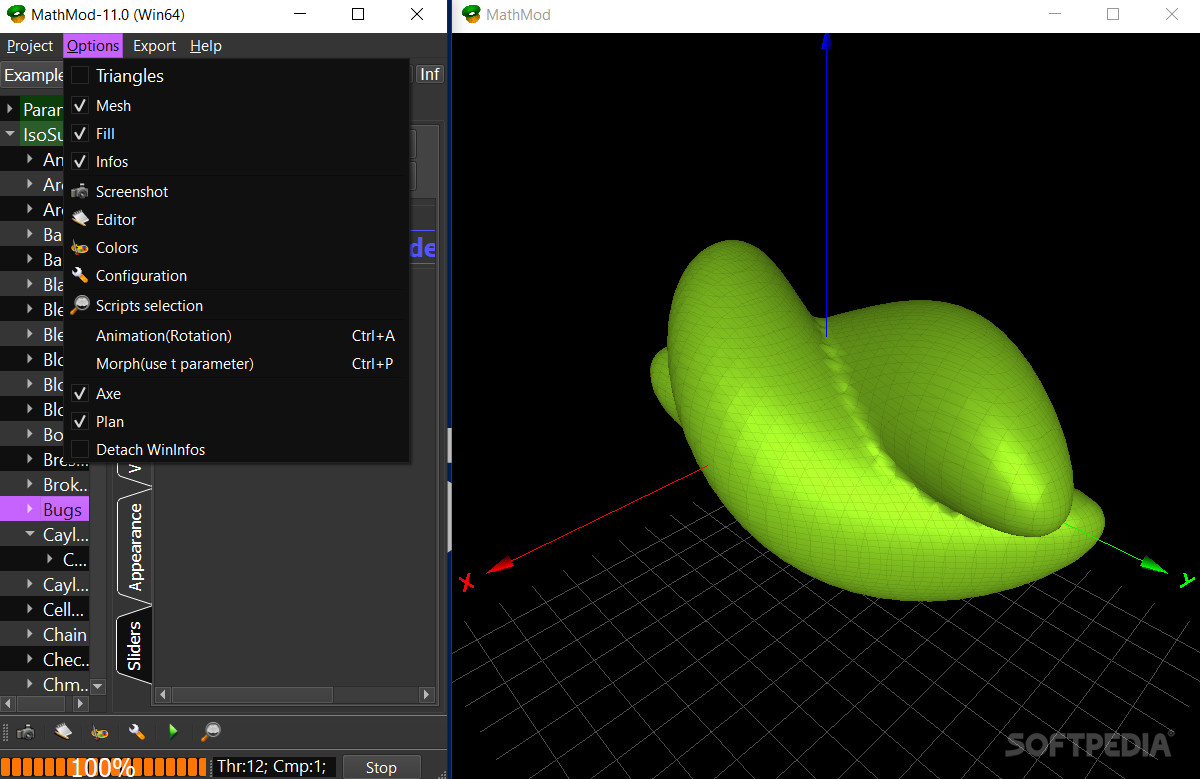

We now construct a hybrid automaton model that includes the seasonal switch in dynamics. This variation in feed causes a corresponding seasonal variation in Lake Mead's water level, so Lake Mead might actually dry up sooner than the constant-rate estimate suggests. In the rainy season, April to June, r in,r=30 maf/yr, while in the rest of the year, dry season, r in,d=10 maf/yr. The feed from the Colorado River varies strongly with the seasons, see here for tables from 1906 to 2006. Let’s make a more precise model in order to get a better estimate than with the assumption of a constant feed. To measure time elapse, introduce a variable t with rate:Ĭompute the reachable states of this system, starting from the initial states :Ī) In what time frame could Lake Mead be dry according to this model? What is the largest reachable value of t, and why is it finite?

To restrict the model to behaviors in which the lake level is nonnegative. Use (1) as flow equation, and impose the invariant: Model this system with an automaton that has a single location and no transitions. Hybrid automata with these dynamics are called Linear Hybrid Automata, or LHA for short. Continuous dynamics of this form are referred to as piecewise constant dynamics (PCD). The x i are referred to as continuous variables since they change continuously over time. Equalities can be captured in this form by using two inequalities, one of them having both sides multiplied with -1. Where the x i are real-valued variables and the a i are real-valued constants. This constraint belongs to the general class of linear differential inclusions, which are conjunctions of constraints of the form : For conservative estimate, assume that the fill rate can be anywhere between today’s rate r in, and its predicted reduced value of 70% of r in. As of June 2007, the reservoir contains x ini=25.7 maf.
Lake mathmod plus#
Water is taken out of the lake at a rate of 14 maf/yr, plus 1.7 maf/yr due to evaporation and infiltration, resulting in a constant loss of r out=15.7 maf/yr. Lake Mead is fed by the Colorado River at an average rate of r in=15 million acre feet per year (maf/yr), a figure which is expected to decrease by up to 30% over a time span of t dec=50 years. This exercise takes a (grossly simplified) look at the problem and compares a worst-case estimate based on constant rates with an estimate based on a hybrid model with switching rates.

The water level of the Lake Mead/Lake Powell system is decreasing every year, and it could completely dry up with the next two decades (cf.


 0 kommentar(er)
0 kommentar(er)
